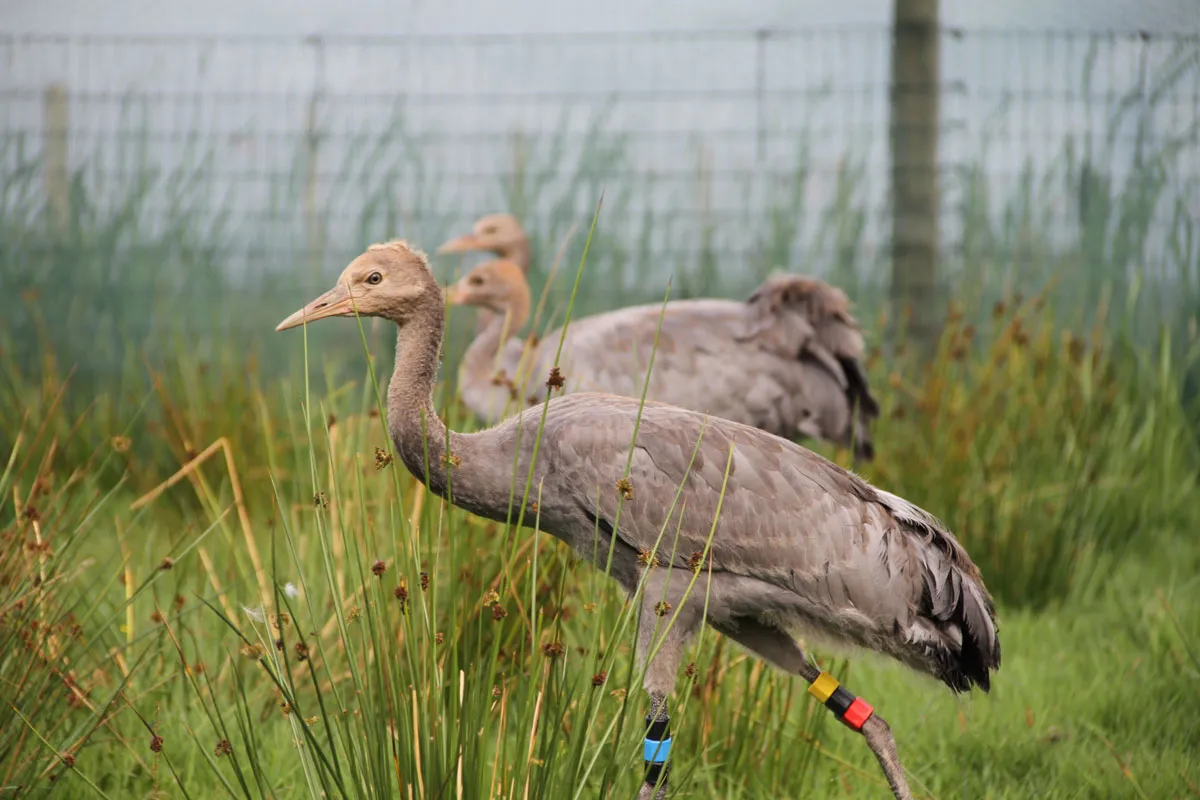According to the Great Crane Project, this is the highest number since they returned to the UK in 1978 after an absence of more than 400 years.

The survey recorded 48 pairs across the UK in 2016 that raised 14 chicks to fledgling stage – two more than the average for the last five years. Over the last five years, 60 chicks have been raised by wild cranes significantly adding to the UK population.
Standing at a height of 4ft, this graceful grey bird with a long, elegant neck is one of the tallest in the UK. Wild cranes were once a widespread breeding species before they became extinct through hunting and the loss of their favoured wetland habitat around the 1600’s.
In 1978, a small number of wild cranes returned to the UK and established themselves in a small area of the Norfolk Broads before slowly spreading to other areas of eastern England, benefiting from work to improve their habitat at RSPB Lakenheath and RSPB Nene Washes.

The Great Crane Project, supported by the RSPB, WWT and the Pensthorpe Conservation Trust, released 93 birds in the south west of England between 2010 and 2014 helping to secure the long-term future of wild cranes in the UK. Since the initial Somerset release cranes have gone on to raise fledging chicks in Wiltshire, Gloucestershire and this year in the Gwent Levels – the first time cranes have nested in Wales for 400 years.
Rebecca Lee, WWT Principal Conservation Breeding Officer, said: "It's a dream come true. We devised the Great Crane Project so that we could kickstart a population of cranes here, in the west, in the hope that it would expand in tandem with those that had already settles in the east, and eventually the two would meet.

"It's still early days, but it all seems to be happening. Cranes have now bred successfully in England, Scotland and Wales, and we're not fair off 50 breeding pairs, where just a decade ago, there was barely a tenth of that. Cranes are well on track to become a true conservation success story for the UK."
You can find out more about the project and where to see the cranes in the wild at: www.thegreatcraneproject.org.uk
Main image: Getty
